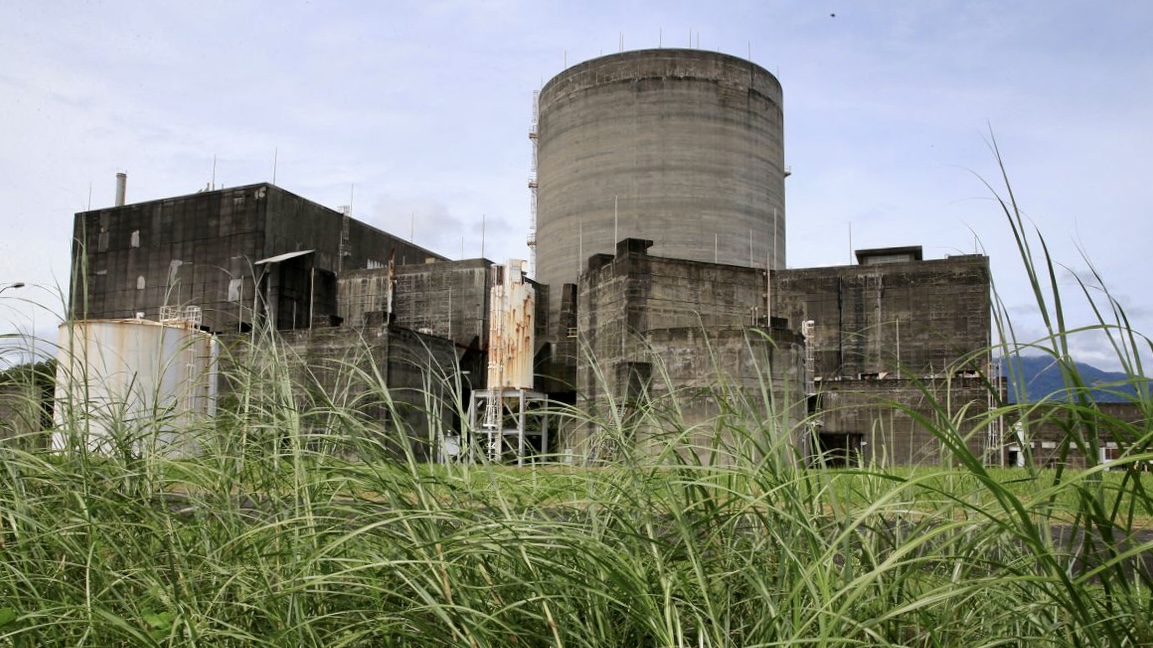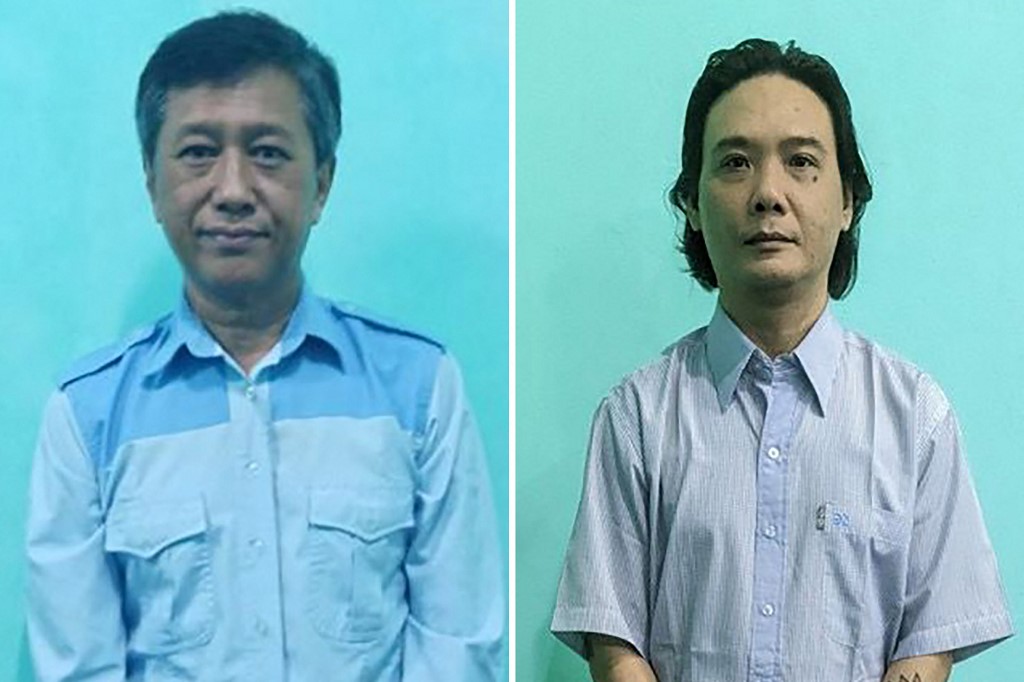[ad_1]

Feb 11 (IPS) – Girls stay under-represented in science careers and analysis everywhere in the world. There are a number of causes for this, together with stereotypes about what sort of work ladies “can” or “ought to” do; patriarchal attitudes; and a scarcity of help for ladies pursuing science, expertise, engineering and maths (STEM) careers.
This isn’t simply an summary concern. Gender equality issues for a lot of sound causes. For one, it’s enshrined in worldwide human rights legislation and it is without doubt one of the Sustainable Growth Objectives.
It additionally makes good financial sense for international locations to spend money on and totally utilise their whole populations. Inclusive scientific management by which ladies are equally represented is greatest suited to the wants of recent society. Plus, valuing variety and a number of views sparks creativity and innovation. Each are necessary hallmarks of scientific endeavour.
So, how are the world’s science academies and worldwide disciplinary associations doing with regards to getting – and preserving – ladies on board as members and leaders. That’s what we got down to look at in our new research. We centered on science academies and disciplinary unions as a result of collectively, these organisations characterize a big proportion of worldwide scientific endeavour. They’ve the potential to be highly effective change-makers and leaders.
The research adopted a 2015 survey on gender inclusion in academies. This allowed us to pinpoint whether or not and the way academies had made any progress in sure areas. There have been some encouraging findings: for instance, ladies’s membership of academies elevated from 13% to 17% and ladies’s management on governing our bodies from 21% to 29%. Younger academies, which typically characterize early profession scientists, fared much better than their senior counterparts, which is a promising signal for the long run.
However there’s nonetheless lots for younger academies to do. Most nonetheless have lower than 1 / 4 ladies’s illustration, although there was one vibrant spot: South Africa’s Younger Academy of Science is ranked highest on this planet with regards to feminine membership; 57% of its members are ladies.
The report units out a number of suggestions for furthering gender illustration and equality globally. These embrace creating and sustaining a central repository of gender-related insurance policies and actions in addition to working intensively with disciplinary associations the place enchancment is required in ladies’s illustration.
Key findings
The research was coordinated by GenderInSITE (Gender in Science, Innovation, Know-how and Engineering), an initiative geared toward selling the function of ladies in these disciplines and demonstrating how the appliance of a “gender lens” results in more practical, equitable and sustainable growth. It was a collaboration with the InterAcademy Partnership and the Worldwide Science Council.
The academies and disciplinary organisations surveyed are all members of the InterAcademy Partnership or the Worldwide Science Council. In whole, they characterize greater than 250 distinctive organisations. Meaning the outcomes we collected present necessary baseline info for taking transformative motion at a worldwide stage.
Listed here are a number of the key findings:
- Younger academies are setting the tempo with regards to gender equality. On common, ladies’s share of their membership is 42%; ten younger academies are ranked forward of the very best ranked senior academy by way of share of ladies members.
- The best ranked senior academy is the Academy of Sciences of Cuba. It elevated its share from 27% in 2015 to 33% in 2020.
- There are massive disciplinary variations in ladies’s illustration. This perpetuates acquainted patterns evident additionally in ladies’s illustration in analysis fields. As an example, illustration was comparatively larger in organic sciences (28%) and social sciences, humanities and humanities (27%). It was lowest within the mathematical sciences (8%).
- The Tanzania Academy of Sciences was amongst these academies that grew their illustration of feminine scientists essentially the most, growing from 4% in 2015 to 12% in 2020. The Ethiopian Academy of Sciences now has the bottom illustration of ladies members on the continent, at 9%.
We additionally discovered a giant divide between actions and phrases. As an example, 68% of worldwide disciplinary organisations stated they had been dedicated to variety and inclusivity. However solely 32% stated they had been taking motion by, as an example, creating insurance policies that might drive variety and inclusion. Solely 16% of those organisations reported that they’d a price range for actions associated to gender equality.
Considered one of our most disappointing findings was that solely six science academies of the 72 that participated final time mentioned the 2015 survey report and its suggestions at a strategic planning session. This has prompted us to advocate that the IAP and ISC set up centralised monitoring and analysis frameworks that require common reporting of gender statistics by their member organisations.
Suggestions
The brand new survey comprises various suggestions, which GenderInSITE, the InterAcademy Partnership and the Worldwide Science Council are dedicated to taking ahead.
Considered one of our subsequent steps is to increase the survey to different international science organisations. This may contribute to a extra inclusive and complete understanding of gender equality in international science. The report additionally recommends creating and sustaining a central repository of gender-related insurance policies and actions as a method of encouraging these organisations dedicated to gender transformation to study from greatest observe examples.
GenderInSITE, the InterAcademy Partnership and the Worldwide Science Council have all dedicated to utilizing their regional presences to achieve insights and advance the gender equality agenda. That is particularly so in international locations or areas which might be lagging. The identical type of work might be undertaken in disciplines which have been discovered wanting by way of ladies’s illustration.
Our three organisations can even set up centralised monitoring and analysis frameworks that require common reporting of related gender statistics by our member organisations. This reporting will occur at a excessive strategic stage. On this method, we hope that gender transformation is prioritised.
It’s additionally necessary to notice that we’re not merely specializing in numbers, since these are solely a part of the image. Science academies and disciplinary organisations are additionally being inspired to give attention to making variety and inclusion central to their institutional cultures.![]()
Roseanne Denise Diab, Director: GenderInSITE, Unesco and Peter McGrath, Researcher, Biosciences, The InterAcademy Partnership
This text is republished from The Dialog underneath a Artistic Commons license. Learn the unique article.
© Inter Press Service (2022) — All Rights ReservedUnique supply: Inter Press Service
[ad_2]
Source link

















